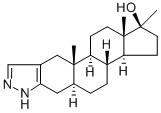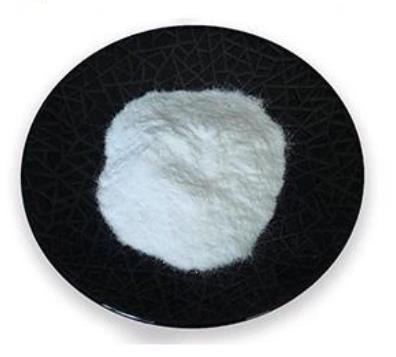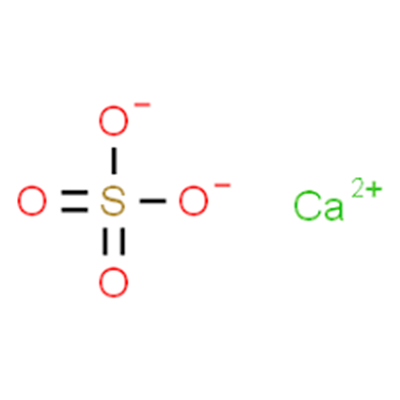Stanozolol as a therapeutic agent in dermatology
General Description
Stanozolol, a synthetic anabolic steroid discovered in 1972, has diverse clinical applications in dermatology, especially for conditions like lipodermatosclerosis, cryofibrinogenemia, and Raynaud's Phenomenon. Its efficacy in treating lipodermatosclerosis stems from its potential to reduce fibrosis by enhancing collagenase activity and fibrin degradation, particularly beneficial in the condition's acute phase. In cryofibrinogenemia, stanozolol has demonstrated significant success by facilitating rapid ulcer healing and symptom improvement, with minimal side effects. However, its application in RP showed improvement only in secondary RP patients, highlighting its limited efficacy based on the underlying pathophysiology. Despite these therapeutic benefits, stanozolol's use is tempered by its side effects, including serious hepatic complications and androgenic effects, necessitating careful patient screening and monitoring during treatment.
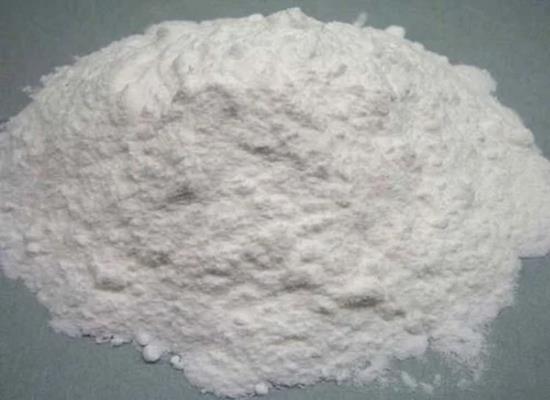
Figure 1. Stanozolol
Clinical applications in dermatology
Lipodermatosclerosis
Stanozolol, a potent fibrinolytic agent discovered in 1972, has been identified for its application in treating lipodermatosclerosis, a condition associated with venous insufficiency that manifests as leg hyperpigmentation, induration, and sometimes ulcers. The pathogenesis of lipodermatosclerosis involves pericapillary fibrin cuffs and a defective fibrinolytic system, leading to skin necrosis and fibrosis through mechanisms that remain partially understood. Stanozolol's role in alleviating lipodermatosclerosis, despite not accelerating ulcer healing or preventing ulcer recurrence, is noteworthy. It enhances procollagenase synthesis in dermal fibroblasts, potentially reducing fibrosis by increasing collagenase activity. This steroid also decreases levels of tissue plasminogen activator inhibitor, boosting fibrin degradation. Interestingly, stanozolol's benefits are most pronounced in the acute phase of lipodermatosclerosis, characterized by erythematous, warm, and intensely painful lesions. Low doses of stanozolol significantly reduce pain and induration within weeks, showcasing its therapeutic potential in early-stage lipodermatosclerosis, even though the exact mechanisms and long-term efficacy require further elucidation. 1
Cryofibrinogenemia
Stanozolol has shown promising results in the treatment of cryofibrinogenemia, a condition characterized by the reversible precipitation of a plasma complex consisting of fibrin, fibrinogen, and fibronectin upon cooling. This disorder, which can be primary or secondary to other underlying diseases, often leads to severe ulcerations that are marked by intense pain and resistance to conventional treatments. These ulcerations are further complicated by intravascular fibrin thrombi in dermal capillaries, alongside symptoms like purpura and livedo reticularis on adjacent skin. However, the application of stanozolol in treating cryofibrinogenemia patients has been met with significant success. In a study involving eight patients, seven of whom had essential cryofibrinogenemia and one with the condition secondary to lymphoma, stanozolol therapy facilitated rapid pain relief and healing of ulcers in most cases. Additionally, improvements were noted in associated symptoms such as purpura and livedo reticularis. Remarkably, cryofibrinogen became undetectable in half of the treated patients, and follow-up biopsies from healed ulcers showed no signs of intravascular fibrin thrombi. Furthermore, no serious side effects were reported, underscoring stanozolol's potential as an effective treatment option for cryofibrinogenemia. 1
Raynaud's Phenomenon
Stanozolol has been examined for its therapeutic effects on Raynaud's Phenomenon (RP), a condition marked by episodes of reduced blood flow to the digits, manifesting in two forms: primary and secondary RP. A double-blind crossover study explored the efficacy of Stanozolol (administered at 5 mg twice daily) in treating both types of RP. The results revealed a stark contrast in response between the two groups. Patients with primary RP, which lacks associated underlying diseases, showed no improvement from Stanozolol treatment. This outcome may be attributed to the absence of fibrinolytic abnormalities in primary RP. On the other hand, significant enhancement in digital microcirculation was observed in patients with secondary RP, which is often linked with connective tissue diseases and characterized by vascular complications such as intimal proliferation, platelet aggregation, and fibrin deposits. Despite the observed microcirculatory improvements, subjective symptom relief was not reported in the secondary RP group. 1
Side effects
Stanozolol has various side effects, some of which can be severe though most are minor and reversible. Serious complications include peliosis hepatitis (blood-filled cysts in the liver) and hepatocellular carcinoma (liver cancer), with reported cases being relatively rare by 1992. Androgenic effects vary by gender, causing virilization in females, such as hirsutism and menstrual irregularities, and testicular atrophy and gynecomastia in males. Hepatic issues also include elevated liver enzyme levels and cholestatic jaundice. Dermatologically, it can exacerbate conditions like acne and seborrheic dermatitis. Cardiac concerns involve sodium retention, potentially worsening hypertension and congestive heart failure. Lipid profiles may be negatively affected, increasing low-density lipoproteins and decreasing high-density lipoproteins. Skeletal effects include premature closing of epiphyses, and psychologically, it may cause euphoria or anger. Prior to treatment, patients should undergo comprehensive health screenings, including liver function tests and blood pressure monitoring, to mitigate risks. Regular monitoring during therapy is essential to manage and reverse common side effects like liver enzyme elevation. 2
Reference
1. Helfman T, Falanga V. Stanozolol as a novel therapeutic agent in dermatology. J Am Acad Dermatol. 1995;33(2 Pt 1):254-258.
2. Sloane DE, Lee CW, Sheffer AL. Hereditary angioedema: Safety of long-term stanozolol therapy. J Allergy Clin Immunol. 2007;120(3):654-658.
);Related articles And Qustion
See also
Lastest Price from Stanozolol manufacturers
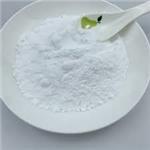
US $1.00/g2024-05-06
- CAS:
- 10418-03-8
- Min. Order:
- 1g
- Purity:
- 98%
- Supply Ability:
- 1000
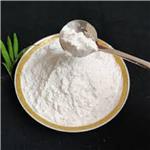
US $15.00-10.00/g2024-05-06
- CAS:
- 10418-03-8
- Min. Order:
- 100g
- Purity:
- 99.9%
- Supply Ability:
- 1000kg
